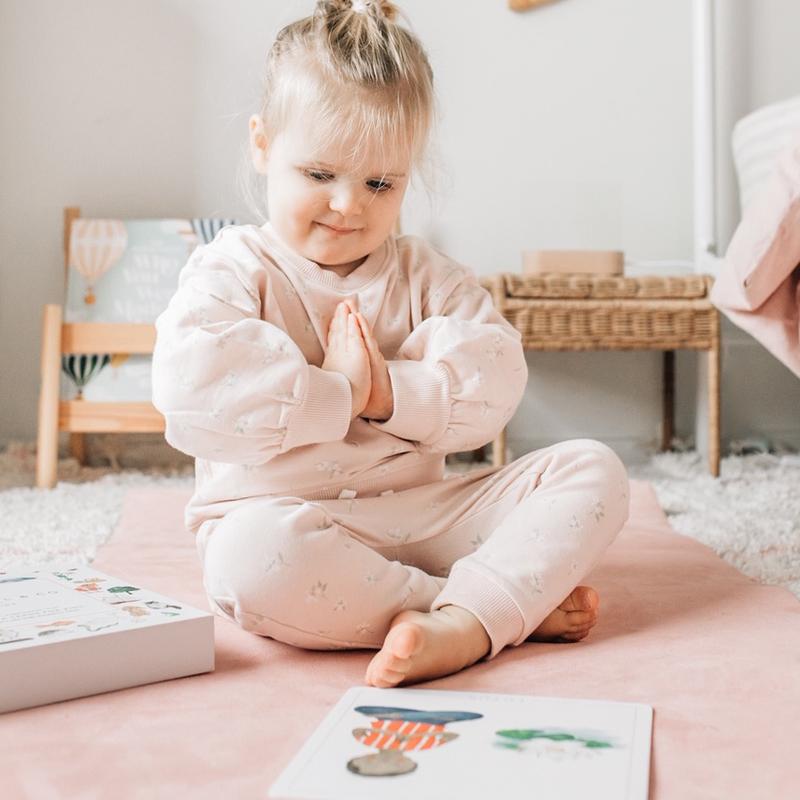It is essential to acknowledge neurodiversity as part of the dynamic environment of child development. Children who have conditions like ADHD and autism need an environment that nurtures their unique talents and makes to flourish. This is where the synergy of ADHD support, autism sensory play, sensory integration toys, and mindful toys for kids comes into play. Caretakers and educators can enrich their children’s lives by integrating these components into daily activities.

ADHD Support for Children: Enhancing focus and confidence
Children suffering from ADHD have difficulty focusing and regulating their impulses. To be able to offer effective help it is essential to use strategies that challenge their minds and respect their uniqueness. While on this journey with children, toys that are mindful, which encourage calmness and meditation, can prove useful. They’re tactile and assist in calming anxiety and teaching children how they can change their focus. Mindfulness-based play can help to manage ADHD symptoms, and also teach children important life skills, like emotional regulation, stress reduction, and managing stress.
Autism Sensory Play – Nurturing Exploration and Expression
Sensory activities can be enriching and challenging for children with autism. Autism sensory play focuses on creating a space that stimulates the senses and aid in the development of essential skills. Sensory integration toys form a major part of this approach. They are made to allow many senses to be activated simultaneously. They facilitate exploration through sensory in addition to cognitive growth and coordination. By involving their tactile, auditory, visual, and other senses, kids are able to communicate their emotions and comprehend their environment. Through embracing autism-related sensory play, caregivers empower children to express themselves as they build confidence in themselves and interact with the world on their terms.
Sensory-integration toys: creating bridges for child development
Sensory integration tools act as a bridge connecting children with the world. These toys come in a variety of textures shapes, sizes, and shapes which target various senses and motor abilities. The toys provide children with the chance to investigate and adjust their sensory input. This helps to develop their sensory processing abilities. The main advantages of sensory toys are:
1. Sensory integration toys allow children to experience a variety of kinds of sounds, tactile sensations and visual cues. The experience helps their brains process sensory information better and improves the ability of their brains to adapt to every day situations.
2. To manipulate many sensory toys, you need to have fine motor skills and hand-eye coordination. Playing with these toys can help youngsters develop their motor skills and dexterity. This leads to greater physical control and confidence in their movement.
3. Multisensory toys stimulate a variety of brain regions simultaneously. This activity contributes to cognitive development through the stimulation of connections among different neural pathways, increasing thinking skills and creativity.
Mindful Toys for Kids: Nurturing Peace and Concentration
The concept of mindfulness has gained a lot of attention for its powerful effect on our emotional well-being. The toys that children play with are mindful and incorporate mindfulness into the game to help them remain focused and attentive. They typically involve activities which require lots of concentration. Like, for instance, coloring, puzzles or a relaxing guided meditation. By engaging in these activities kids learn to channel their attention and focus on the work at hand, and develop abilities to focus that will benefit them academically and socially.
As we explore the field of ADHD support, autism-related sensory play as well as sensory integration toys and other toys that are mindful for children it’s crucial to recognize the holistic approach that results out of their interconnection. They don’t work in isolation, but they create a unified approach to cater to the different demands of children with neurological disorders. By adding sensory play and mindful activities in daily routines, parents create an environment that addresses emotional, cognitive, and sensory needs simultaneously.
In the end, the process of assisting children with ADHD and autism involves embracing their individual strengths and challenges. Through the integration of sensory play with sensory integration equipment, and mindfulness methods, educators and caregivers can create a nurturing space which encourages development on multiple levels. If it’s encouraging self-expression, increasing the ability to process sensory information, or increasing awareness, every component is essential to a holistic approach to fostering the growth of children. The ability to unlock these strategies will create a path for a better future for every child, no matter their neurodiversity.
